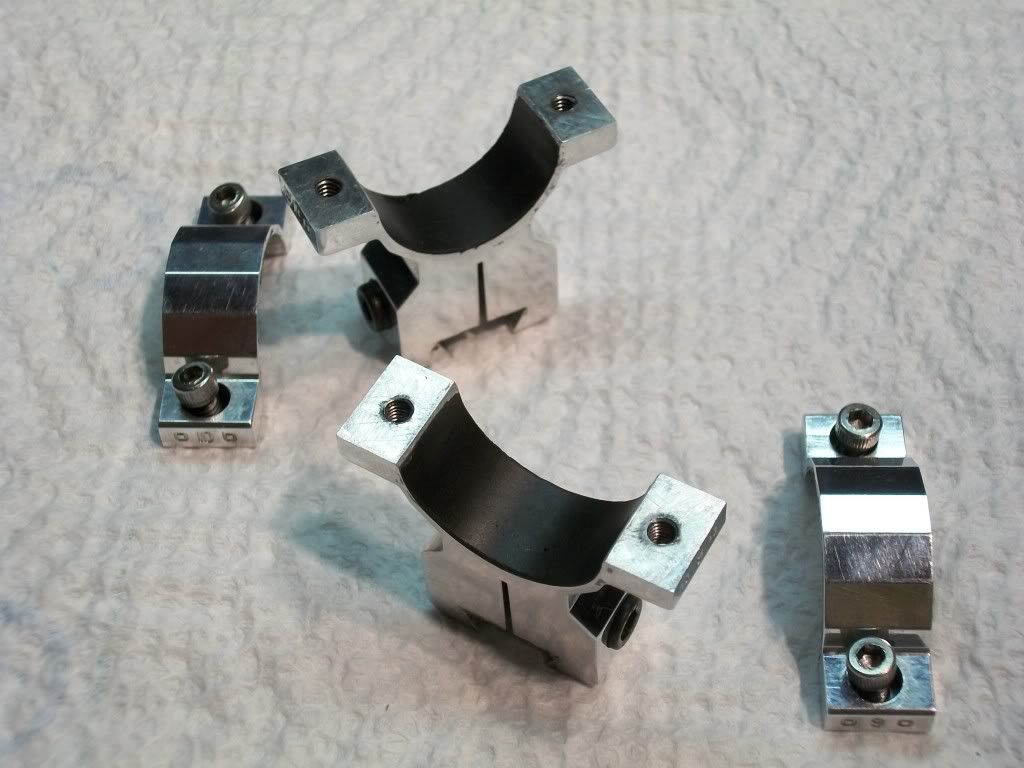C
CMaier
Guest
I know i am outside your club, but the base clearly does not fit the curve of the receiver,
the rings do not match the scope.
Seems like an opportunity for a part that works first time every time,
and stop the need for "fitting" custom high dollar parts.
Some times i am glad i am not in your club.
the rings do not match the scope.
Seems like an opportunity for a part that works first time every time,
and stop the need for "fitting" custom high dollar parts.
Some times i am glad i am not in your club.


